Select or drop a image or 3D model here to search.
We support JPG, JPEG, PNG, GIF, WEBP, GLB, OBJ, STL, FBX. More formats will be added in the future.
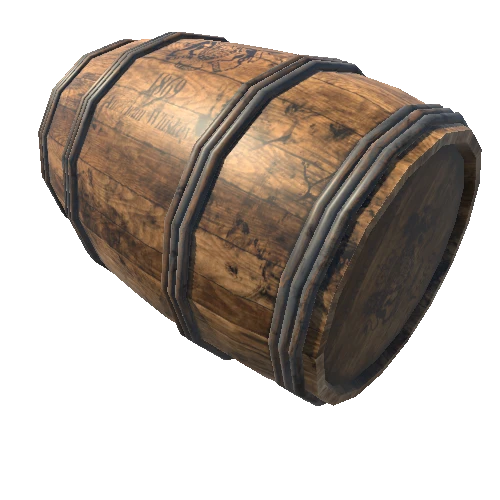
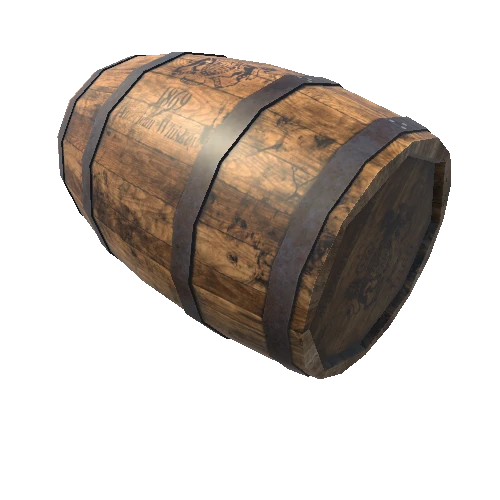
Package Overview
This 3D model was originally created with Sketchup 13 and then converted to all other 3D formats. Native format is .skp 3dsmax scene is 3ds Max 2016 version, rendered with Vray 3.00 For romantic and intimate evenings, think about getting this sublime suspension ball thousand and one nights. An oriental decorative lamp that will make your dream moments that will bring your color inside. This oriental style chandelier metal and acrylic illuminate thousand lights a warm and welcoming lounge. This product belongs to the range Folk: aromas of the Orient and exotic scents flavors, the Folk collection conjures up images of distant horizons. Red garnet, plum, aniseed green, duck blue ... colors to warm this intense and authentic decor. Wool and fur bring pampering touches. Pompons, medals and other flowery motifs in bright colors adorn the home fabrics. Size (cm): H 52 x W 50 Weight: 6.30 Kg ref 116219, price € 159.00 Polygons: 20526
Textures can be found in .skp file
How to extract textures from .skp file?
If you have any of the following software, it is easy. Follow the guidelines provided:
Sketchup (Free)
Just export the image as your choice of 2D file under the File/Export/2d Graphic - drop down option.
Another way:
Go to File -> Export -> 3D Model. Export it as a COLLADA File (*.dae) file. Click on the Options button and make sure that Export Texture Maps is checked. Go to the exported file location. In the directory, there should be a folder with the exported file name containing all of the textures.
C4D (Trial version is enough)
Importing .skp file to C4D automatically generates a folder with textures next to the .skp file.
3ds Max
When .skp file is imported to 3ds Max, it stores texture files to ..3dsMaxsceneassetsimages. You can find textures there. You can also export fbx file with embed media option selected (in export dialog window), so it automatically generates a folder of textures together with the fbx file.
Rhinoceros 3D (Trial version is enough)
Import .skp file to Rhinoceros 3D. Open material editor (Panels->Material editor). Select any material that has texture on. Click on the texture name (in the Textures section), click on the three dot button. You can now see all the textures, it should be in the ..AppDataLocalTempembedded_files directory.
Feel free to copy and paste the textures to any folder you like.
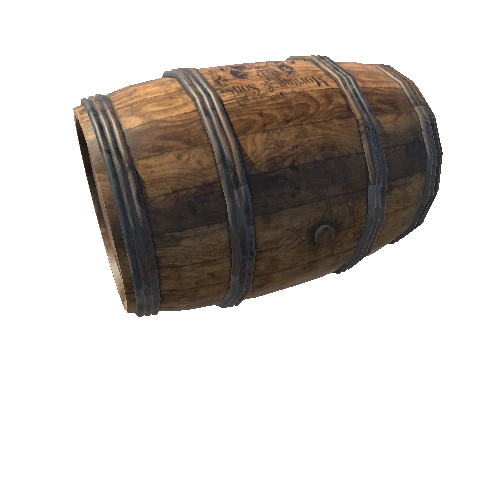


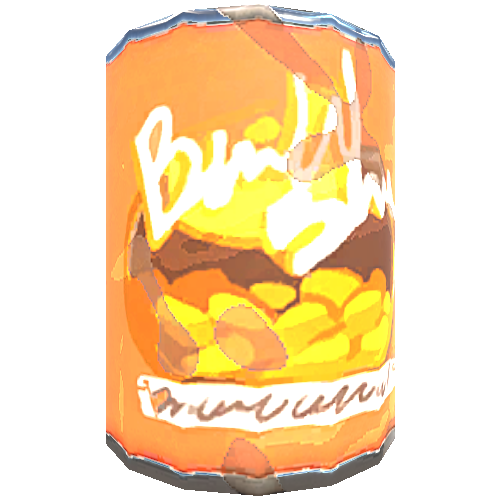


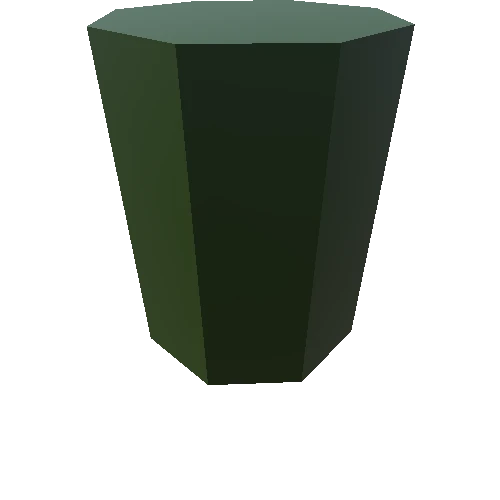
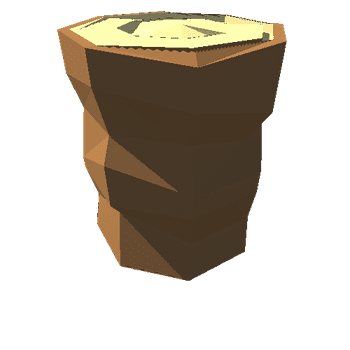





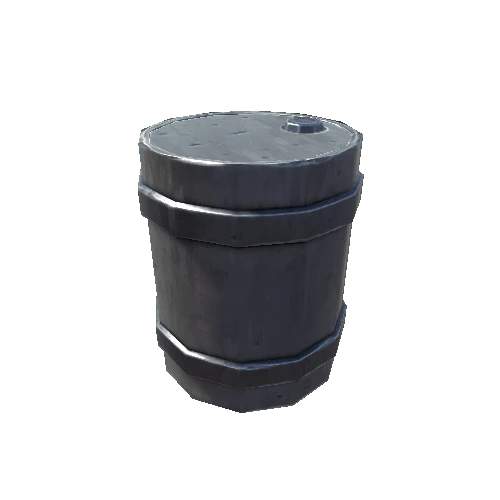

1/Screenshots/jar_001 (1)1_110.webp)
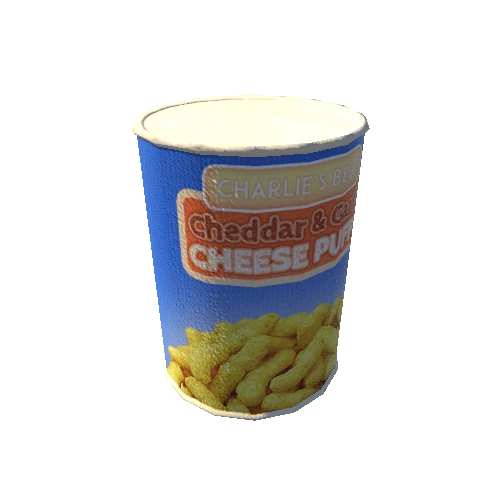


/Screenshots/Barrel_1 (1)_110.webp)